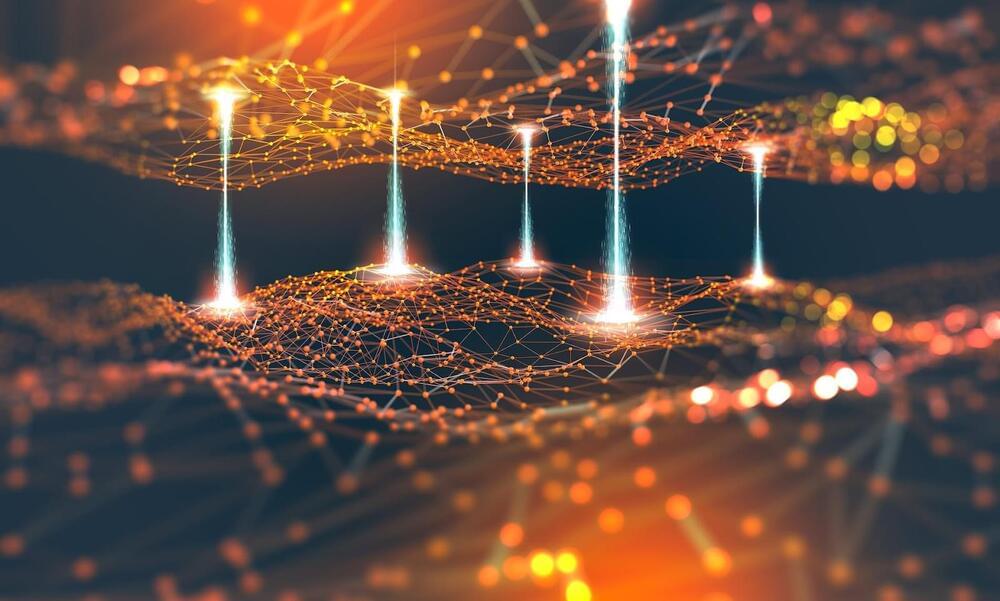The bar seems to be pretty high. But it’s not like ChatGPT is perfect.
Artificial intelligence technology has drawn massive fanfare from investors this year amid the growing popularity of ChatGPT, which launched in November and has helped its maker, OpenAI, nab a staggering $29 billion valuation. Alphabet’s Bard announcement came one day before Microsoft held a press conference to tout an investment in OpenAI that has helped shares of the Silicon Valley staple surge nearly 20% over the past month. “This is just the first step on the AI front,” Ives told clients in a note after the event, reiterating an outperform rating for shares.
Despite the apparent flub, Bank of America analysts have said they’re bullish on Google’s AI strategy, writing in a note to clients that Google is “well prepared with years of investment” in the technology to capture a significant part of the market, particularly since its search engine has a large distribution advantage, as compared to Microsoft. Nevertheless, the analysts warn safety issues including result inaccuracy or bias, disinformation and the potential use of models for harm are key risks.
“AI is the most profound technology we are working on today,” Alphabet CEO Sundar Pichai said as he announced the new chatbot this week.






